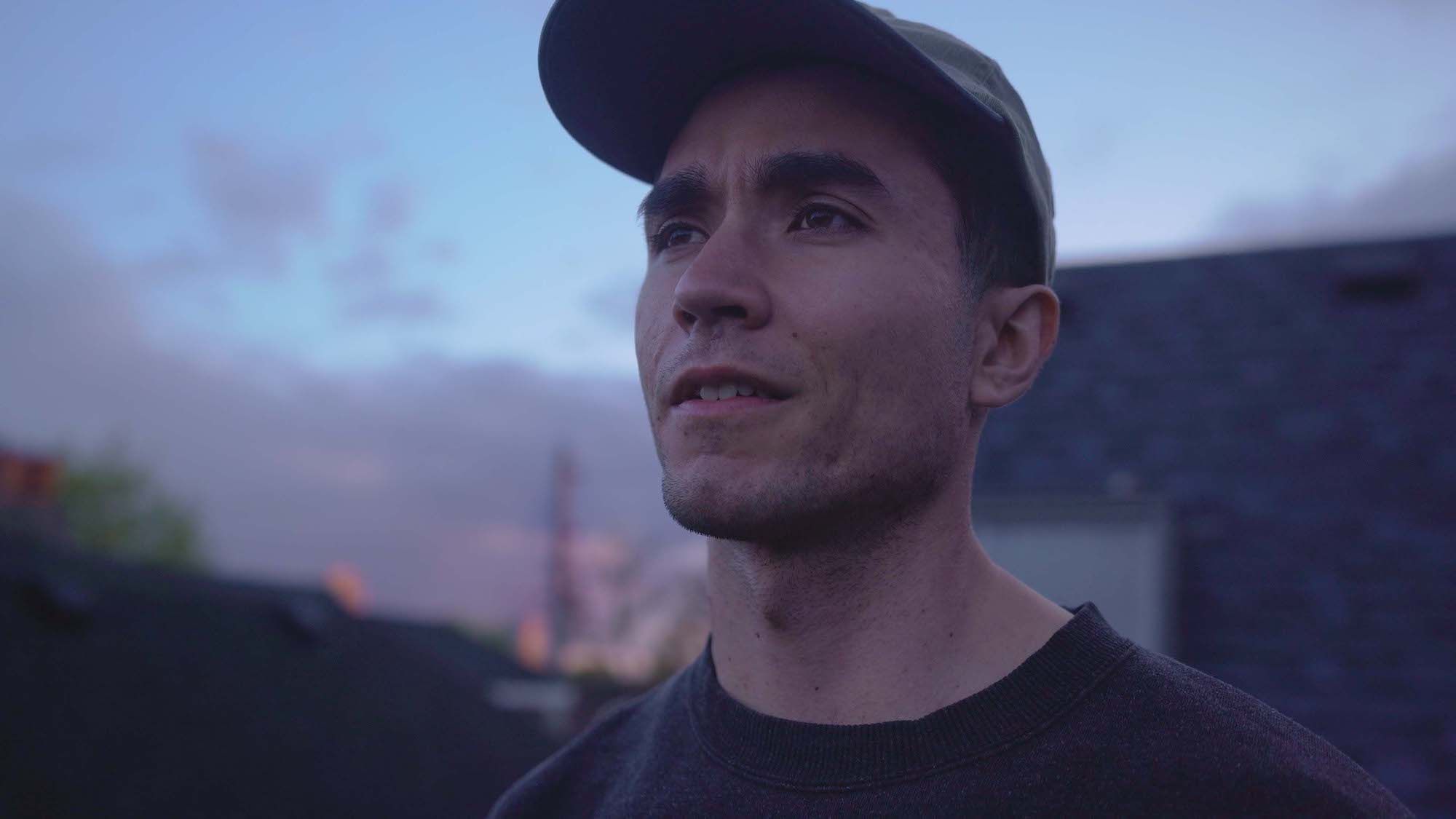How to Manage Your Finances as a Content Creator
Once you start making money on your content creation it’s crucial to get in control of your financial situation. Content creator and personal finance pro, Steve Antonioni, gives us his best tips on how to manage your money.

Managing one’s finances can be stressful and intimidating for anyone, but once you start making money on your content creation it’s crucial to get in control of your financial situation. Content creator and personal finance pro, Steve Antonioni, gives us his best tips on how to manage your money.
So, you’ve started making a couple of bucks creating content eh, (can you tell I’m Canadian?) Well, then it’s time to level up from the starving artist to the financially savvy creator.
Our society does not place a large emphasis on financial education in general. In my opinion, this is extremely detrimental. Basic financial knowledge should be in the hands of each and every one of us so that we can all pursue our goals and create a more fair society.
Do you personally feel a little bit at a loss when it comes to managing money? If you do, you’re certainly not alone. And in this post, it is my goal to provide a few helpful tips to make money make cents (see what I did there?)

Every dollar is a worker
One of my favorite ways to think about money is to imagine every dollar as a little mini worker. Every dollar you have collectively makes up your workforce, and it is up to you to allocate those dollars in the best way possible.
In a basic sense, there are four main tasks that every dollar can be given:
- Spend
- Save
- Eliminate an obligation (debt)
- Acquire an asset (invest)
Knowing how and when to choose each assignment for every dollar that you earn can make a dramatic difference in your ability to grow your wealth. To know this, we must prioritize what steps are most important when it comes to managing our finances. A simple guideline to get you started is as follows:
- Essential living expenses
a) Income that you earn can first be directed towards paying for the necessities of life such as shelter, food, clothing, and transportation.
b) This stage excludes discretionary spending such as entertainment and luxury-esque purchases (i.e. restaurants, high-end clothing).
c) If there’s income left over after covering essential living expenses, proceed to step
2. High-interest debt
a) I personally consider any debt that you carry with an interest rate above 7% to be high-interest debt. This is because the debt will grow at a rate that potentially exceeds what could otherwise be earned by investing your money instead. In other words, your debt could grow faster than your investments, thus potentially decreasing your net worth over time.
b) The most common culprit of high-interest debt is credit card debt. Many credit cards can charge upwards of 20%+ per year on any balances that you carry forwards past the standard grace period of approximately 21 days.
c) Therefore, if it were me, after covering my essential living expenses, I would then allocate as much money as I could to paying down this debt.
3. Emergency fund
a) This is an often overlooked but incredibly important part of any solid financial plan. An emergency fund is 3-6 months’ worth of basic living expenses set aside in case you run into a large, unexpected expense or misfortune (i.e. job loss/income loss, the car breaks down, etc.)
b) I keep my emergency fund in a high-interest savings account (try and find at least a 0.50% interest rate if you can). I just let this money sit and never touch it unless I absolutely need to. You’ll be glad it’s there if the time comes.
c) After covering my essential living expenses, paying down high-interest debt, I would then begin building this fund.

4. Investing
a) This is the exciting stage that many people try and jump the gun on. Investing can be extremely powerful, but it can also be dangerous if the previous steps are not followed. That’s because the previous steps grow your net worth with zero risk. This forms a strong and safe foundation from which you can then start to enter the realm of investing, which does pose some risk.
b) A full discussion on investing would, unfortunately, be outside the scope of this blog post, but I would encourage you to check out my channel, Cash College, to dive deep into that world.
c) At its heart, investing is all about accumulating assets that will reliably increase in value into the future. This unlocks the power of compound growth, an exponential effect on your wealth.
5. Low-interest debt
a) As stated before, I classify high-interest debt as any debt with an interest rate of approximately above 7%, which means low-interest debt to me is with a rate below 7%. I treat this as a later financial priority because historically, an investment in the S&P 500 (a broad measure of the American stock market) has earned a rate of return higher than 7% over the long term. This means your investments would have grown faster than your low-interest debt, thus resulting in a higher net worth even though you have debt.
b) However, I hate debt. I don’t like the psychological impact it can have. So if it were me, after completing steps 1-3, I would allocate something like 50% of my excess income to investments and 50% to paying down low-interest debt.
This basic financial framework allows you to systematically tackle financial priorities in a smart order and increase your net worth along the way. But it’s also just a starting point; you’ll get the most out of it by tweaking the framework to your own circumstances and goals. If only the starving artists of the past had such a guideline…

Financial independence
To me, my fascination with the world of finance doesn’t come from money itself but rather what money allows. I couldn’t care less about a green piece of paper with a historical figure on it. But I do care about my ability to live as freely, consciously, and purposefully as I possibly can. And, at least in our world today, that requires the accumulation of wealth.
If you’ve read through the framework above, you’ve probably realized that decreasing your expenses and/or increasing your income is going to allow you to accelerate your progress. This is a process that is highly unique to each of us; we all have our own backgrounds and circumstances that encourage or hinder our journey.
For that reason, I can’t definitively tell you how to make more money or spend less; I don’t believe that is my place. But what I can tell you is that there is a rising movement in our society called Financial Independence Retire Early (FIRE Movement).
Some followers of this philosophy intend to structure their lives to be able to retire (or reach financial independence) by 35. However, there is an entire spectrum of much less serious folks who instead just want to optimize their finances to increase their security and freedom in life.
The movement and community behind it provide an excellent resource from which to further your financial journey. If that sounds interesting to you, I would recommend reading up on the movement, checking out the financial independence subreddit, as well as YouTube channels with a FI focus, like, you know, mine.
Who knows, maybe one day you’ll FIRE sooner than you think!
Steve Antonioni is a content creator combining his love of filmmaking with his knowledge of personal finance. Steve is on a mission to make financial education more accessible and document his journey to financial independence.

Related posts:

